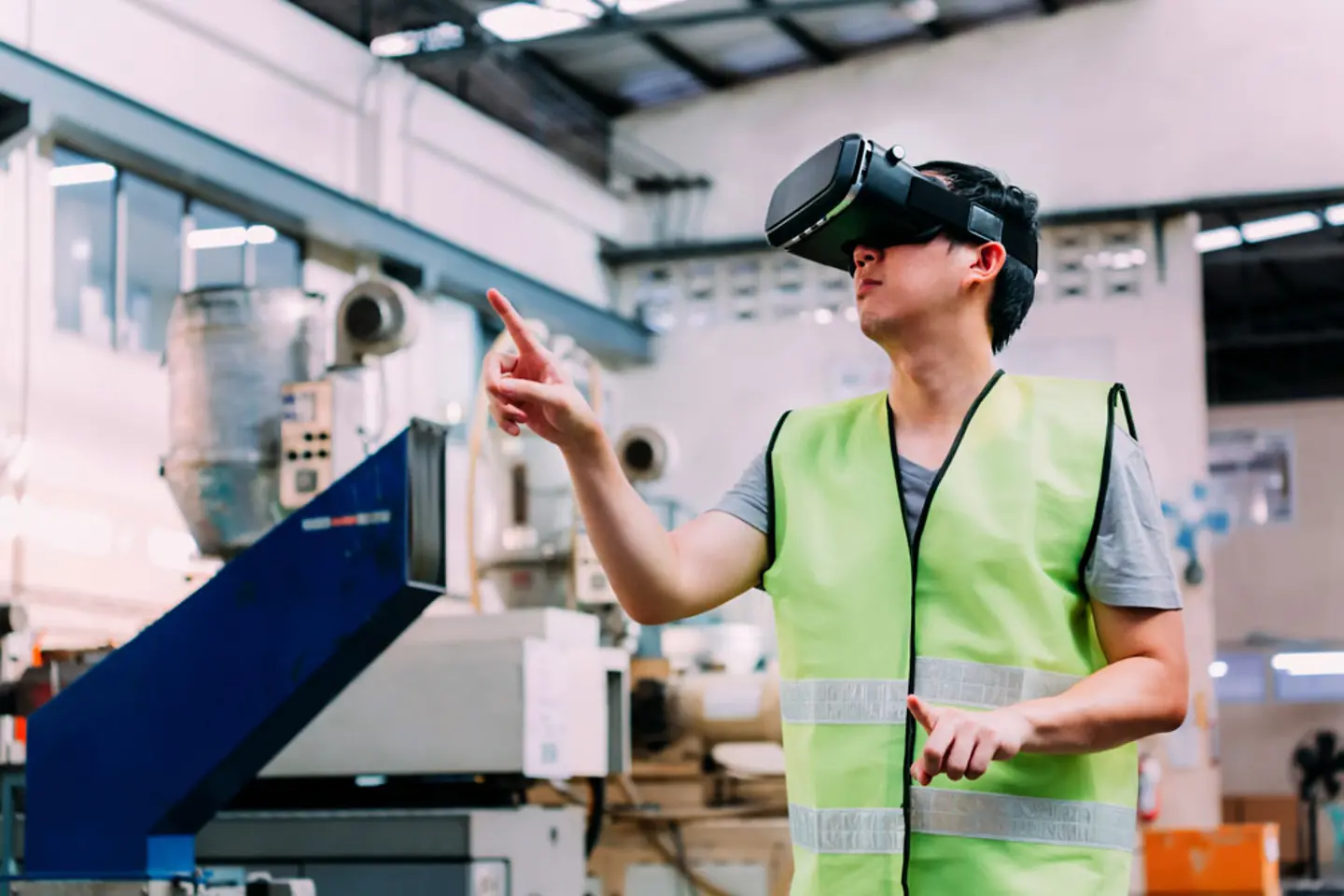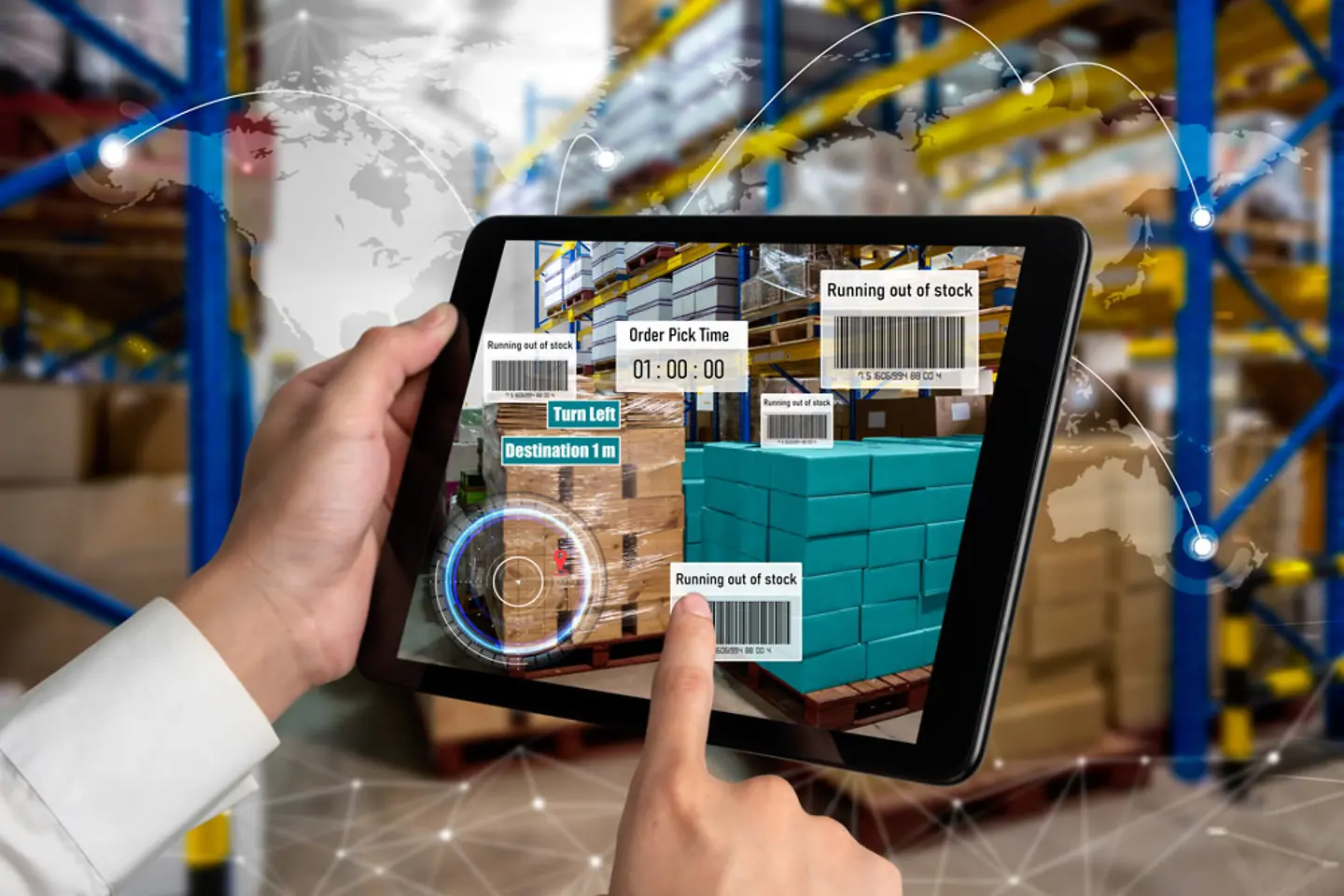
What businesses can do to bolster a supply chain’s resilience in the face of global disruption
The COVID-19 pandemic may have sparked the last two years’ urgent push for digitalisation, but the unprecedented health and economic crisis was only the final element in the ongoing storm enveloping today’s global supply chain sector.
“It’s not a single link that failed in a linear system,” points out Robert Swinney, a professor at the Fuqua School of Business at Duke University. “It is a response of a complex system to major changes in conditions.”
The supply chain sector has always operated in a volatile environment. Even before the pandemic made the news, pressures have been steadily mounting for businesses to review their long-term supply chain strategies.
A report by KPMG states that, prompted by ongoing trade disputes and geopolitical tensions, a growing number of companies have moved their manufacturing hubs to lower-cost locations in Asia-Pacific. Reliance on third party suppliers for critical components such as microchips and semiconductors have likewise put a range of industries under severe stress, whilst bottlenecks at factories, ports, and shipping yards continue to persist amidst increasing demand.
With consumer behaviour shifting with the rise of e-commerce during the pandemic, expectations of personalisation, convenience, and rapid order processing and delivery are leading businesses to invest in becoming more agile and efficient. The push for sustainability also compounds the challenge as manufacturers, pressured from both consumers and regulatory bodies, now need to make the transition to net zero CO2 emissions.
Indeed, in this steadily unfolding “new normal”, new solutions are desperately needed. According to PwC Global, the aftermath of COVID-19 has created the need for businesses in Asia-Pacific to rethink and rebuild, presenting an opportunity to overhaul legacy systems in favour of new ones that will enable supply chains to meet expected resurgent demand while engineering resilience against future economic shocks.

External headwinds may be out of a company’s control, but much can be done to bolster a supply chain’s resilience and readiness in the face of unprecedented events.
A key enabler to making this happen is Industry 4.0—a new field of digitally-enabled processes that fuse traditional manufacturing techniques with the Internet of Things (IoT) to create manufacturing systems that are not only interconnected, but communicate, analyse, and use the information to drive further intelligent action back in the physical world.
McKinsey & Company, which in 2017 began tracking the progress of Industry 4.0 through its annual survey of global manufacturing companies, attests to its effectiveness: the company’s 2021 survey of over 400 companies worldwide reveals that Industry 4.0 early adopters reported an improved ability to respond to the crisis. Overall, 94% of respondents confirm Industry 4.0 helped keep their operations running during the crisis, whilst 56% affirm the critical role these technologies played in their crisis responses.
One such early adopter was a consumer packaged-goods manufacturer in Asia, which built an AI-powered “digital twin” of its supply chain. When COVID-19 entered the picture, the company was able to simulate different scenarios, effectively addressing sudden manufacturing location shutdowns and bottlenecks in raw materials.
In Taiwan, a Taichung-based manufacturer in the cutthroat industry of display panels, was facing labour shortages amidst highly customised product requirements and extreme climate conditions. To elevate its competitiveness, the company employed customised automation and implemented a digital analytics and AI development platform. This not only improved productivity by 32% and yield of advanced products by 60%, it also reduced the plant’s water consumption by 23% and carbon emissions by 20%.
Such achievements in sustainability earned the Taichung-based plant membership into the Global Lighthouse Network, a community of world-leading manufacturing facilities and value chains using Industry 4.0 technologies to increase efficiency and productivity while reducing one’s environmental footprint.
Similar mindset shifts are apparent in the Asia-Pacific region (APAC), where a 2021 CITI-commissioned research conducted by The Economist Intelligence Unit reveals that companies have stepped on the gas in terms of digitalisation: as a result of the pandemic, over 40% of APAC supply chain managers confirmed their companies have increased investment in digital tools or processes by more than 50%, mainly in the areas of trade facilitation, supply and demand forecasting, inventory management, and manufacturing processes.

Systemic shocks like the pandemic have illustrated how a non-digital-first infrastructure can spell the difference between being a digital leader or a digital follower. In the past year, manufacturers employing a digital-first approach to their operations and partners reportedly grew 4.5 times faster than their counterparts. T-Systems posits manufacturers in Asia-Pacific are bound to leverage smart manufacturing technologies to seamlessly merge their digital and physical realms, enabling them to better absorb and even deflect future shocks.
One of the pitfalls of greater supply chain resilience has been the lack of real-time, accurate data and visibility. Manufacturers are slower and less effective in responding to problems throughout the supply chain, from sourcing raw materials, to keeping factories operating through lockdowns and labour shortages, to addressing customer pain points. Their ability to efficiently forecast consumer demand hampers their agility in the face of rapid changes.
These are critical issues for which Industry 4.0 offers wide-ranging solutions, from 5G-enabled machine-to-machine communications to AI-powered digital twins that simulate factory situations in a virtual setting, to cloud-enabled predictive maintenance.
Beyond upgrading analogue production processes to create data-driven, AI-powered, networked “smart” factories, digitalisation also opens the doors to innovation and finding new revenue streams.
Mass customisation technologies like dynamically programmable robotic systems, online configuration and 3D digital modelling technologies, for example, can make it easier to create bespoke products that cater to the individualised needs and preferences of consumers—i.e., building a unique product for each customer, or giving the customer the ability to configure a product to fit his/her needs. Mass customisation can help build customer loyalty and increase revenue. At the same time, smart technologies can analyse big data to uncover meaningful patterns, increasing supply chain predictability and efficiency.

In the post-pandemic world, agility and flexibility have become higher strategic priorities than cost as companies have experienced first-hand what “successful scaling” means. Digitalisation, as the last two years have illustrated, is not just hype, but an imperative for every manufacturer.
It’s a movement that’s already under way. Last year, a McKinsey survey reported that 85% of companies have already accelerated their digital transformation. An IDC research forecasts that by 2023, 75% of organizations worldwide will have comprehensive digital transformation implementation roadmaps—up from 27% today.
By 2025, in response to volatile global conditions, 75% of business leaders will leverage digital platforms and ecosystem capabilities. Such movements will not only enable businesses to adapt their value chains to new markets, industries, and ecosystems, but will imminently result in true transformation across all facets of business and society.
Be on the winning side of the digital divide. Find out how we can help supply chain companies navigate and manage their journey towards digitalisation: with T-Systems’ broad portfolio of coordinated IT and network solutions for digital transformation, manufacturers can achieve autonomous control of their operations, and gain the necessary time and space to focus on strategies to further boost competitive advantage.